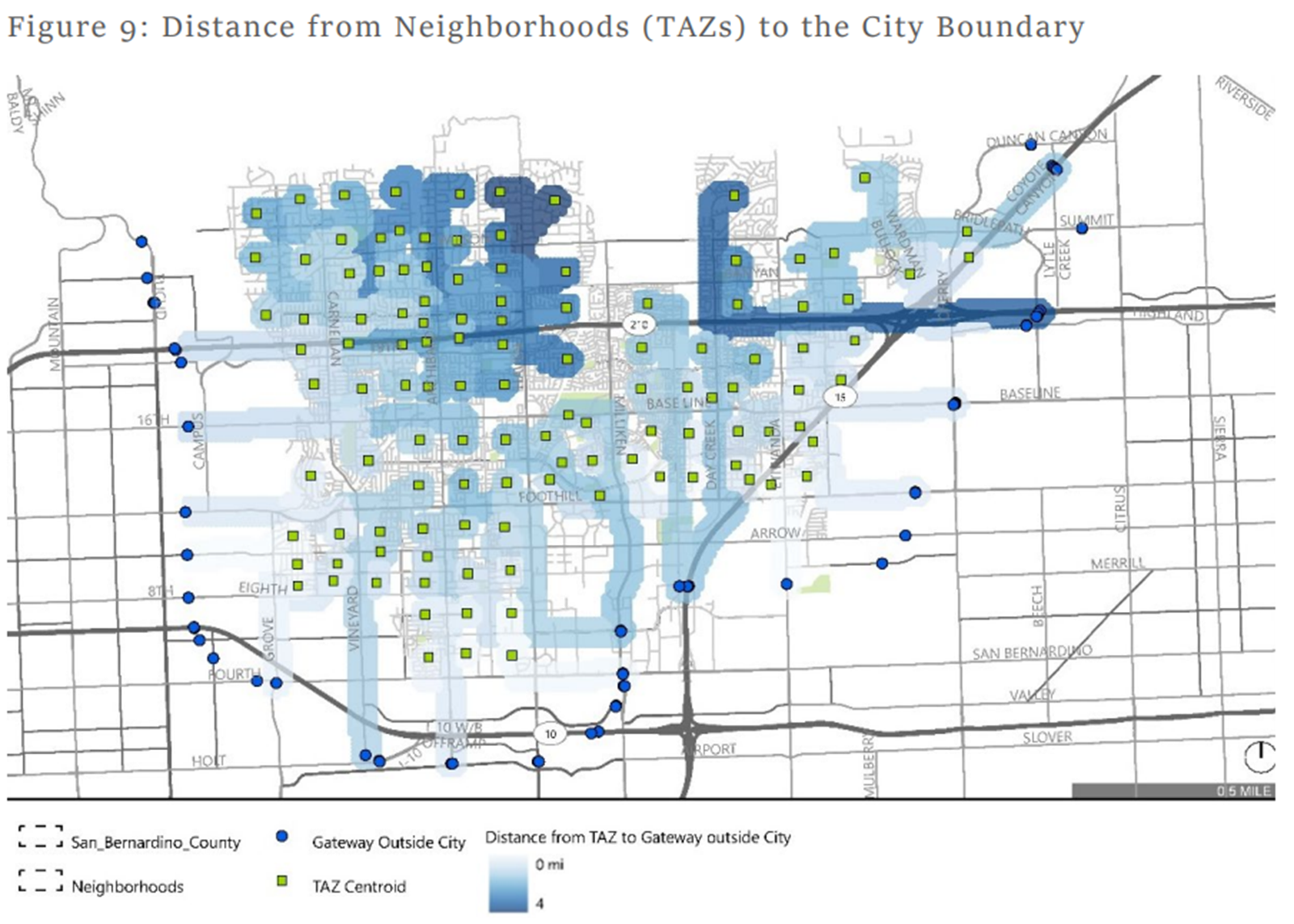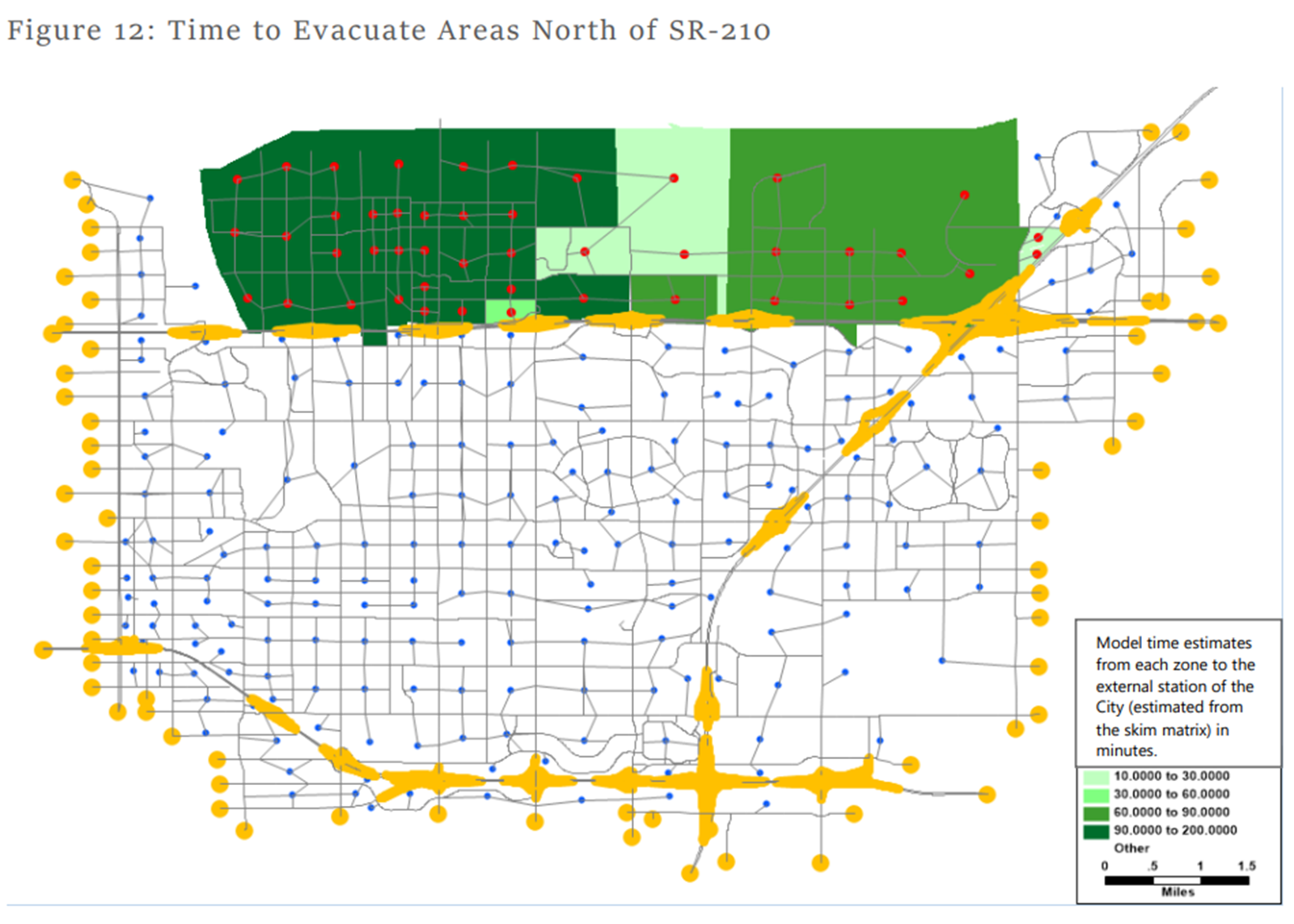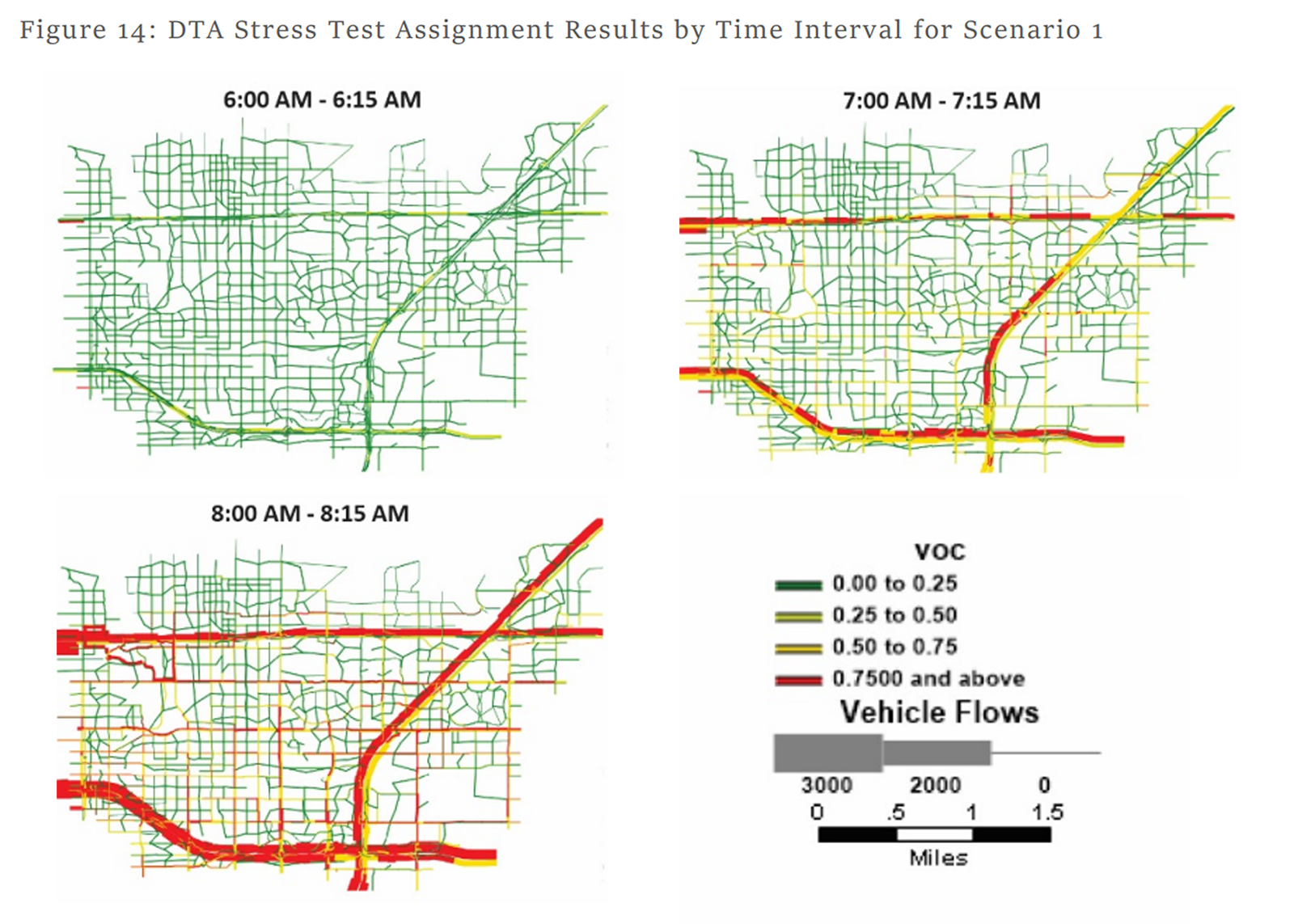Encouraging Resiliency During Evacuations
A City’s New Tool for Evaluating Access and Egress
In the face of increasing natural disasters and disruptions related to climate change, many cities and counties are thinking about their transportation networks with a greater focus on creating access and moving people safely in an emergency.
City roadways are typically sized based on the traffic generated during an average weekday, a common practice known as the 30th highest hour. When considering evacuations, however, cities and counties need to think differently. As related legislative requirements grow, many developers must also consider evacuation analysis for new developments.
-
- How will people travel during an evacuation?
- What routes will they take?
- How will evacuations interact with other travel that is occurring in and around evacuating areas?
Understanding Evacuation Travel
Fehr & Peers recently partnered with the City of Rancho Cucamonga as they were preparing to update their General Plan. The city has a lot in common with many California cities when it comes to the hazard risks they face: high fire danger, potential flooding, and active fault lines.
As a follow-up to the expansive and proactive Resilient IE effort completed by Western Riverside Council of Governments, city officials in Rancho Cucamonga wanted to better understand how their transportation system could be augmented to help with egress in the event of a disaster. But how?
Evacuations cause extreme travel behavior that traditional assessments are not entirely equipped to evaluate. Their unpredictability in terms of scope and speed make it impossible to replicate real-life scenarios. To best inform decision makers, residents, and policy, Rancho Cucamonga needed a finer-grained solution to see where people might be in the event of a disaster and the demand this would create on the transportation system at any point, day, or night.
In partnership with the city, we developed and customized a new tool, Evac+, that integrates with travel demand models to provide a dynamic look at the most vulnerable areas furthest from evacuation centers or options to exit the city. It also reveals differences in the time it would take to evacuate, under current conditions, and in different disaster scenarios.
With a greater understanding of how travel interacts with background traffic, the city was able to create an Evacuation Assessment that shows which roadway investments would help the entire network during an evacuation event, improving circulation and connectivity to areas that are more isolated.
Pulled from the Evacuation Assessment, the following show the distance from various neighborhoods to the city boundary, along with two outputs from the Evac+ tool, illustrating the time evacuate specified areas and a route stress test by time for a proposed evacuation scenario.
Major disruptions, evacuations, and emergencies are not the everyday norm and no one can predict the specific circumstances that would strain the limits of the transportation network. With the city’s proactive and thorough analysis of the potential risks and impacts, they are better prepared if, and when, those circumstances arise.
As recent natural disasters have proven year after year, the worst time to update an emergency plan is during an emergency evacuation. Though the hope is that these plans never have to be tested, defining key exit points and identifying potential problem areas early on can help the members of a community feel more prepared and resilient in the event of a disaster.
Interested in learning more about this study or customizing Evac+ for emergency planning in your community? Contact us today.




